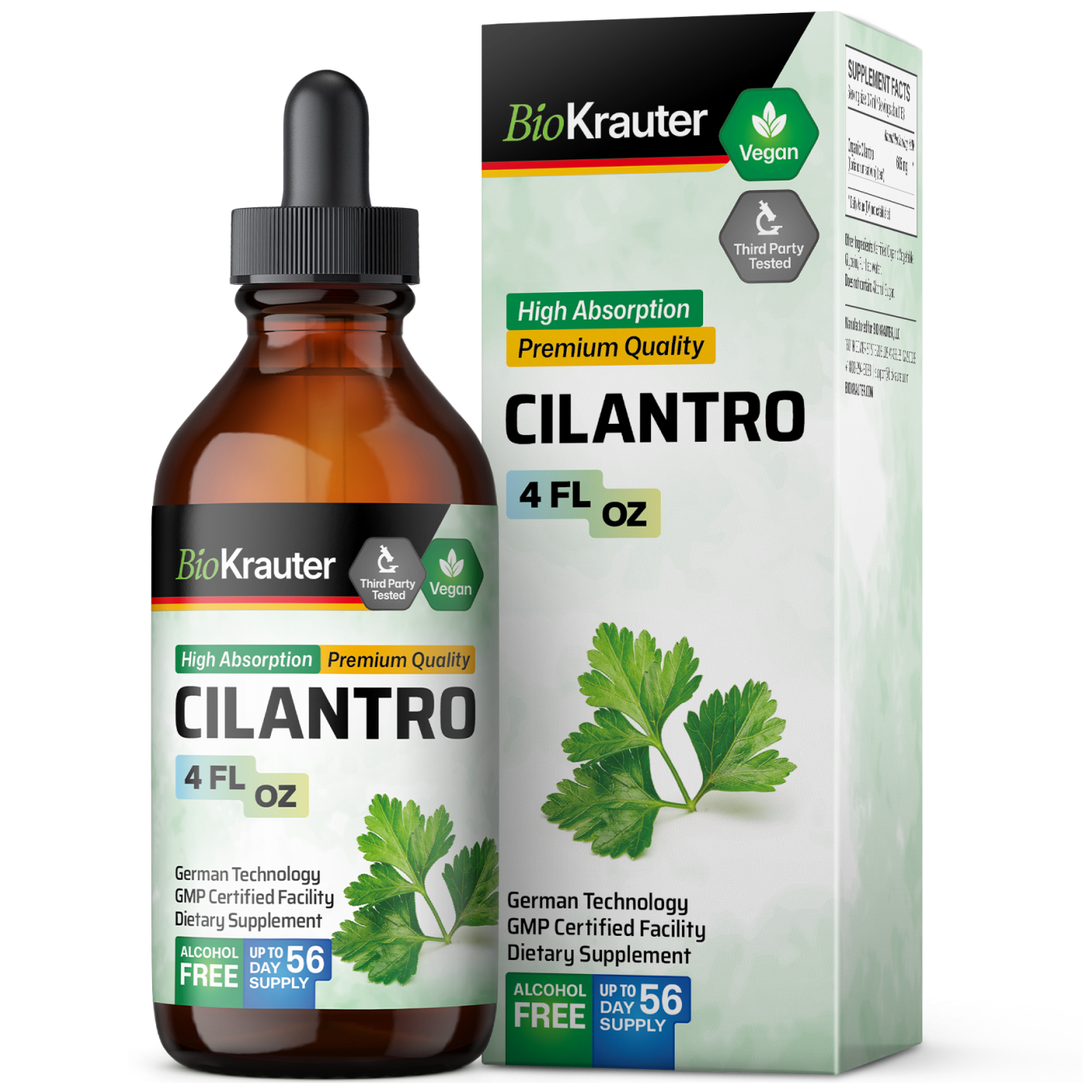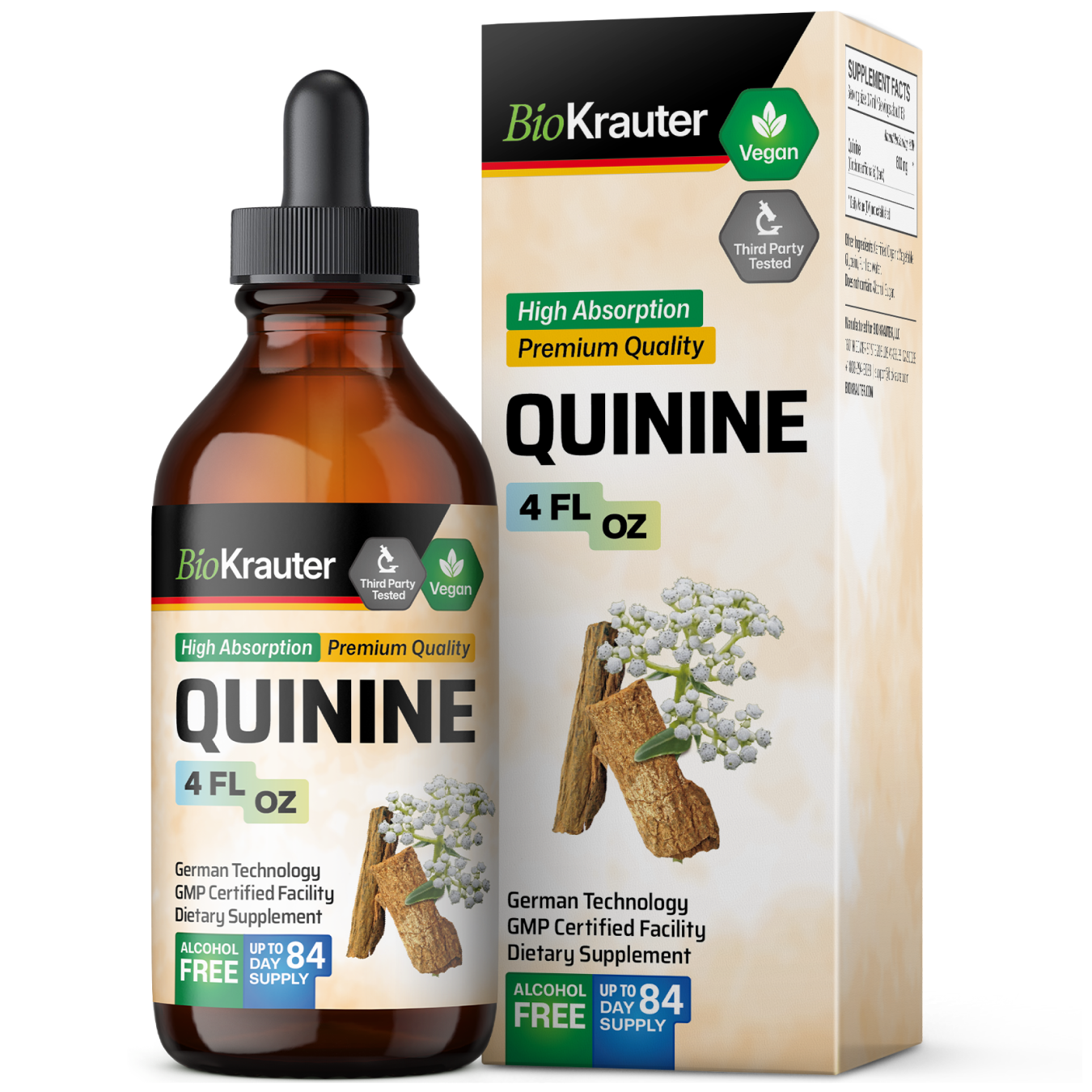-

What is Artist's Conk Used For?
Artist's conk mushroom is primarily valued in traditional Eastern medicine for its health benefits. This fungus aids in fortifying the immune system with its potent anti-inflammatory and antioxidant properties [2]. Additionally, it is believed to support cardiovascular health and manage blood sugar levels [3].





- Vital support for the immunity Artist's conk is known for its bioactive compounds, especially polysaccharides like beta-glucans. They can enhance the body's immune response by stimulating the activity of immune cells such as macrophages and natural killer cells [4]. This is vital for activating the body's natural defense mechanisms, making it especially beneficial during flu season.
- Heart health and blood sugar management This fascinating fungus is believed to support healthy blood circulation and cholesterol balance [3]. These effects are essential for heart health, as they may help reduce the risk of common cardiovascular issues. By promoting optimal cardiac function, it contributes to overall cardiovascular well-being.
- Antioxidant support Ganoderma applanatum benefits include providing potent antioxidant protection. This mushroom is rich in polysaccharides and triterpenoids, which help neutralize free radicals and prevent cellular damage [3]. This antioxidant activity supports overall bodily functions, promoting well-being and optimal vitality.
Products Featuring Artist's Conk
$21.49
$18.99
Looking for more information?
View All FAQsThe Ganoderma applanatum mushroom, commonly known as Artist’s Conk, is a perennial fungus that can live for many years, growing larger each season. It's recognizable by its large, flat, fan-shaped fruiting bodies, which have a distinctive woody texture. The fungus plays a crucial ecological role as a saprotroph, helping decompose wood and recycle nutrients back into the environment.
This unique fungus usually thrives in dead or dying trees. It is a widespread species and can be located in various regions around the world, particularly in temperate forests. Some of the common habitats for this mushroom include deciduous forests, where it grows on trees like oaks, beeches and maples. Artist's conk can often be spotted in wooded areas, parks and nature reserves, especially on fallen logs or stumps. Additionally, the moist environment near water bodies provides ideal conditions for its growth.
No, it is not typically consumed as a food due to its hard, woody texture. This characteristic makes it quite inedible in its natural form. And while it is a mushroom, its consistency and composition differ significantly from the softer, fleshy mushrooms commonly eaten in various cuisines.
That’s why artist's conk is usually found processed in various dietary supplements, including powders, extracts or tinctures. These forms allow for easy and convenient consumption, ensuring you harness the health benefits attributed to this mushroom.
Artist's conk is predominantly found in the wild, growing naturally on dead or dying hardwood trees in forests, parks and wooded areas. Cultivation of artist's conk is not common or widely practiced, mainly due to its growth requirements and the specific ecological role it plays as a wood-decaying fungus. Unlike some other medicinal or culinary mushrooms that have been successfully cultivated on a commercial scale, artist’s conk typically requires a specific and natural environment to thrive, one that is often difficult to replicate artificially.

Free
Shipping
No shipping
cost over $50

Premium
Quality
Engineered to a gold
standard for your satety

Easy
Returns
30 days money-
back guarantee


















